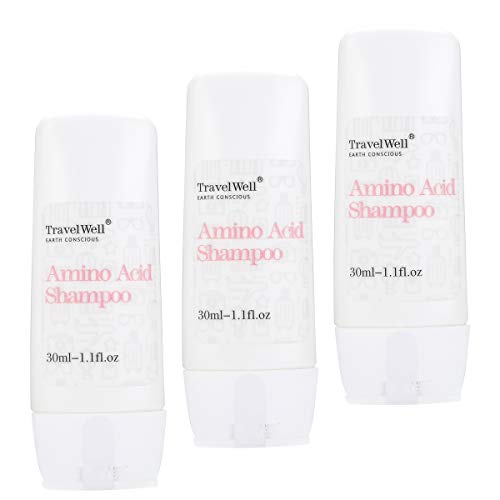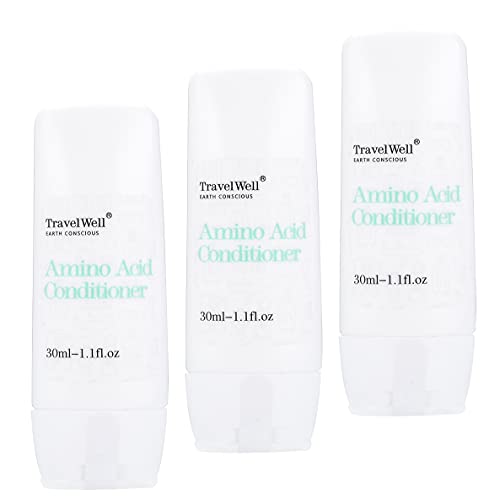I came into this discussion fairly late but a few thoughts came to my mind. For disclosure, I own a Bed & Breakfast, but I also have a web design firm called Silphium Design LLC (
www.silphiumdesign.com). Some of the thoughts include:
- ADA Compliance for the property and for the website.: Liz stated about having an accessibility statement about the property, but the website itself also has to ADA compliant to at least the WCAG 2.0 AA standard, but generally now it needs to be WCAG 2.1 AA compliant. I have heard in some forums that by the middle of 2021, sites will be aiming for WCAG 2.2 AA compliance. In fact, the new WordPress 5.6 that came out about three days ago has accessibility as one of the hallmarks. What does the above mean?
- Your color contrast (text to background) should be at least 4.5:1, and if possible, 7:1 (for the new standards).
- Your website should have proper heading levels. That is, if you have an H1 heading at the top, then you should have an H2 heading below it and so on. You also do not want to skip headings (go from H1 to H3 or H2 to H4 and so on). The heading sequence should be in logical order so your site can be tabbed through and be used by screen readers.
- I noticed that you stated your current site had a slider. Generally for ADA accessibility, sliders are a no-no. Sliders cannot be easily read by screen readers and cannot be tabbed. In some cases, they can become a tab trap. You also do not want anything that starts automatically, such as sliders, videos, pop-ups, or sound. You need to give the user the option to turn these features on or off. You also do not want to have any flashing pictures or lights as this can trigger migraines or anxiety in some users.
- Some websites use accessibility overlays (those things with the wheelchair or person in a circle) such as WP Accessibility or Userway. While these overlays look good to those of us who do not have a disability, they can often make it harder for those with disabilities if they are even able to access them. The point is to make your site accessible to the WCAG standards without the use of an “overlay.”
- Some tools that can be used to achieve the above include 1) Web Accessibility Evaluation Tool-- A Chrome Extension, 2) Web Aim Color Contrast Checker-- Checks colors, 3) ADA Website Checklist—A document put out by Kris Rivenburgh, an attorney on Website Accessibility. Kris also gives webinars on the newest guidelines based on case law. There are a lot of others also, just search under web accessibility tools. The gold standard is to use a screen reader simulator and there are some simulators that are open-source.
2. A few others mentioned that you need a privacy policy, which is needed for the FTC, CCPA, and GDPR. Arks and JimBoone talked about the continual need to update websites, well this is one of those things. The privacy policy guideline has come about in the last few years.
3. About Page as a menu item: This is a new trend coming from the 5-second rule stated by Morticia. A number of the leading designers are now stating that it is good form to have your about text on the landing page and not as a separate page. Preferably, if you can, above the fold or near the fold.
4. Like #3, most leading websites are trending towards having a CTA (Call-to-Action) above the fold. In our cases with B&B’s it would something like “Book-A-Room” or “Reserve your Stay” or similar.
5. The use of a Parallax header or a Hero (a header with a pictorial type background) has sort of a split following in the web community. I think some of the indecision comes from being able to meet the color contrast requirements (text vs. the background) in WCAG. It can be done, however, and one way is to add a color overlay on the picture or adjusting the picture transparency. For example, the Kadence Theme is big on the use of color overlays to achieve the needed color contrast.
 so I have a little experience.
so I have a little experience.








![Bed & Breakfast Tracker Plus for Mac [Download]](https://m.media-amazon.com/images/I/51iSnnH5vmL._SL500_.jpg)





![Bed & Breakfast Tracker Plus [Download]](https://m.media-amazon.com/images/I/51m1WPxMV7L._SL500_.jpg)












